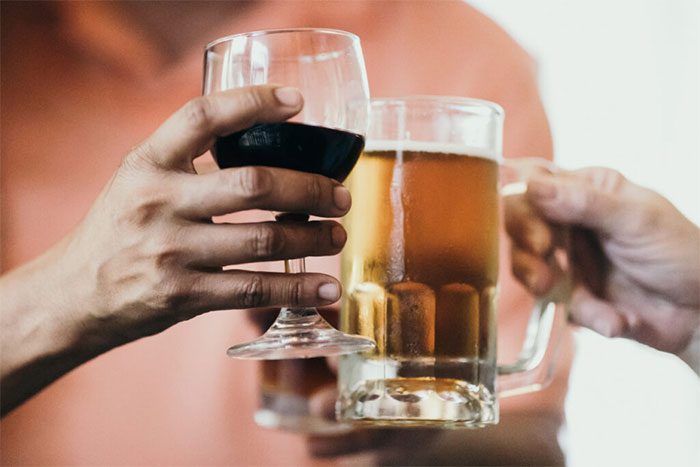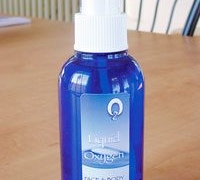Endogenous alcohol produced by the body: How does it differ from alcohol from drinking beer and spirits? If tested positive for alcohol, does it count as a traffic violation?
Both endogenous alcohol and alcohol from beer and spirits are forms of ethanol. Endogenous alcohol is produced by the body itself, without any external influences.
In reality, every person has a natural level of alcohol, albeit very low. Glucose is the preferred energy source for yeast and bacteria, as well as for humans. When they enter the body, different metabolic processes can produce a small amount of alcohol. Therefore, some individuals may have endogenous alcohol levels or experience increased alcohol levels after consuming certain common foods, including fruits and alcoholic beverages.

Endogenous alcohol and alcohol from beer and spirits are both forms of ethanol.
If a test returns positive, you can still be considered in violation of traffic laws.
However, the endogenous alcohol level in the blood is usually extremely low. Specialized, highly sensitive devices are required to detect it; ordinary testing equipment is not sufficient for detection.
Thus, you should not be overly concerned about endogenous alcohol levels. The Ministry of Health also states that this situation is quite rare, often due to individual health conditions or diseases, and typically only occurs in people with digestive disorders, with very low thresholds. Such cases may require blood tests for accurate results.
Who is likely to have endogenous alcohol levels?
Individuals at higher risk for endogenous alcohol include: those with metabolic issues, digestive tract diseases, biliary diseases, cirrhosis, diabetes, as well as certain types of yeast present in the body’s mucous membranes that can cause endogenous alcohol production.
Hospitals can check for endogenous alcohol by testing carbohydrates, meaning the doctor will administer a specific amount of glucose, then measure the blood alcohol concentration. If the results show the presence and increase of alcohol levels, this could indicate endogenous alcohol production. Conversely, if no alcohol levels are detected, it is not a case of endogenous alcohol.
However, when you are tested and found to have a positive alcohol level, it is very challenging to apply this check as a defense. A solution would be to establish a threshold level of alcohol that best matches the health conditions of individuals. Nonetheless, the presence of alcohol without consuming any alcohol beverages occurs only at very low rates, so there is no need for excessive worry.
Doctor Nguyen Huy Hoang
Vietnam-Russia High-Pressure Oxygen Center, Ministry of Defense




















































